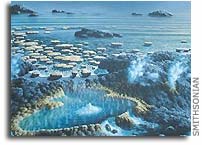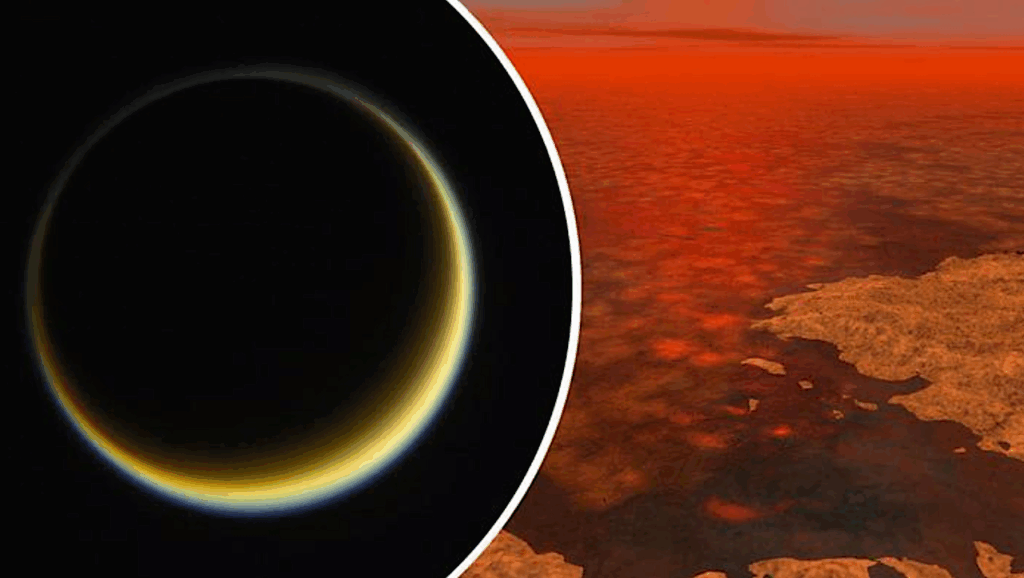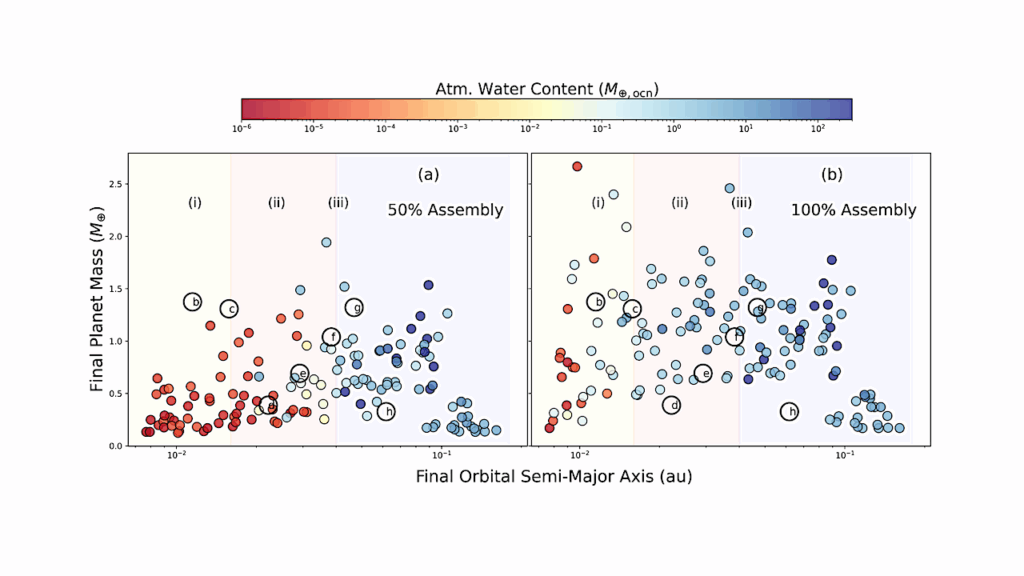Identifying Planetary Biosignature Impostors

In order to identify inhabited worlds beyond the Solar System, scientists are exploring the possibility of detecting gases that could serve as biosignatures in the atmospheres of extrasolar planets.
Molecular oxygen (O2) and ozone (O3) have been suggested as the most robust individual biosignatures gases. However, it has been shown that these gases can also be produced without life through multiple abiotic mechanisms.
A new study discusses how other gases (CO and O4) in spectra from extrasolar planets could be used to discriminate between biotic and abiotic O2 and O3. The team of researchers produced simulations that show how these spectral discriminants might be seen by the James Webb Space Telescope. In doing so, they have identified potential ‘false positive’ scenarios that a telescope could see, whereby O2 and O3 are present in an atmosphere but do not indicated that biology is present.
The study, “Identifying Planetary Biosignature Impostors: Spectral Features of CO and O4 Resulting from Abiotic O2/O3 Production,” was published in the journal Earth and Planetary Astrophysics. The work was supported in part by the NASA Astrobiology Institute element of theNASA Astrobiology Program.








